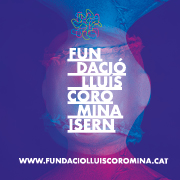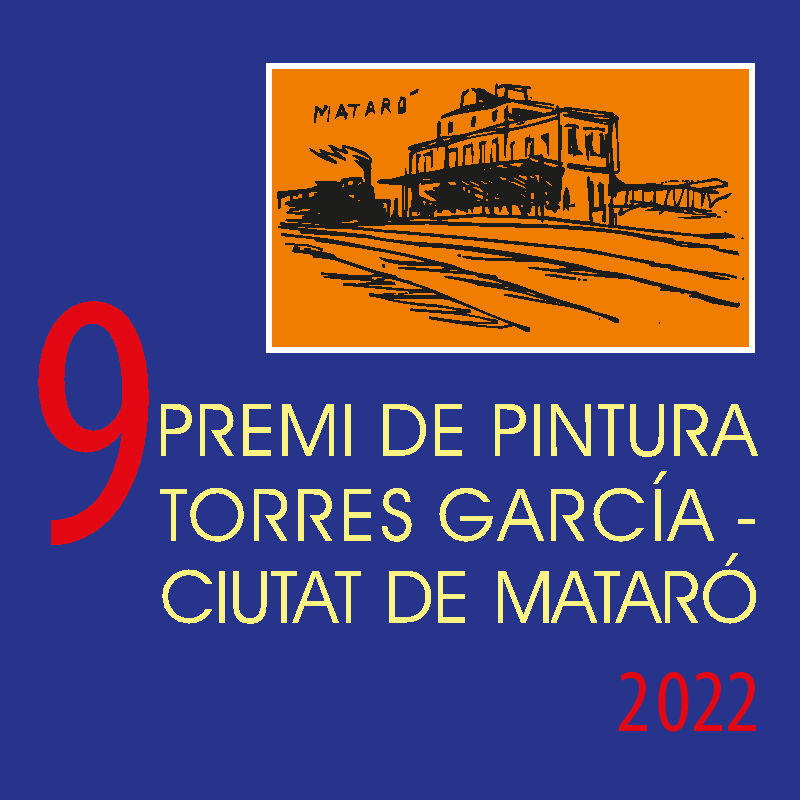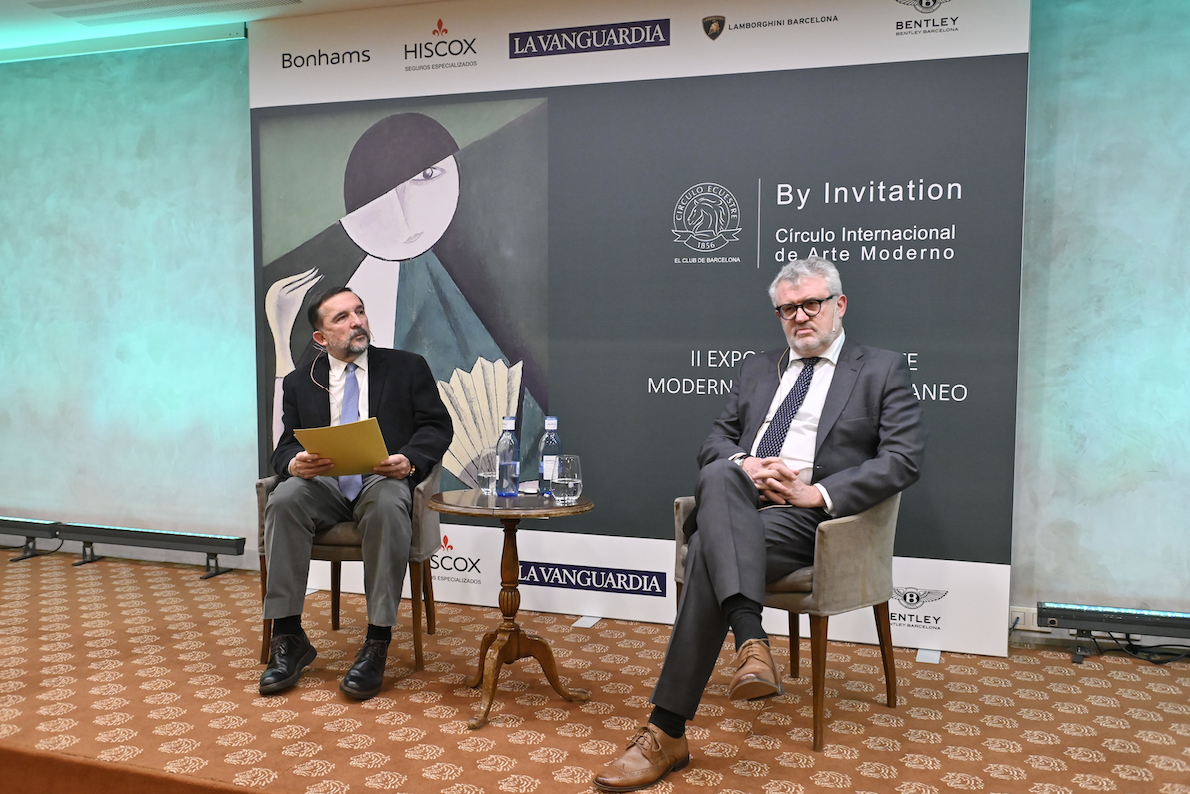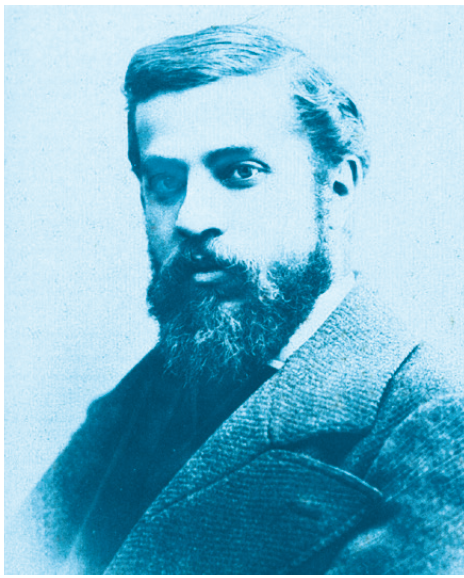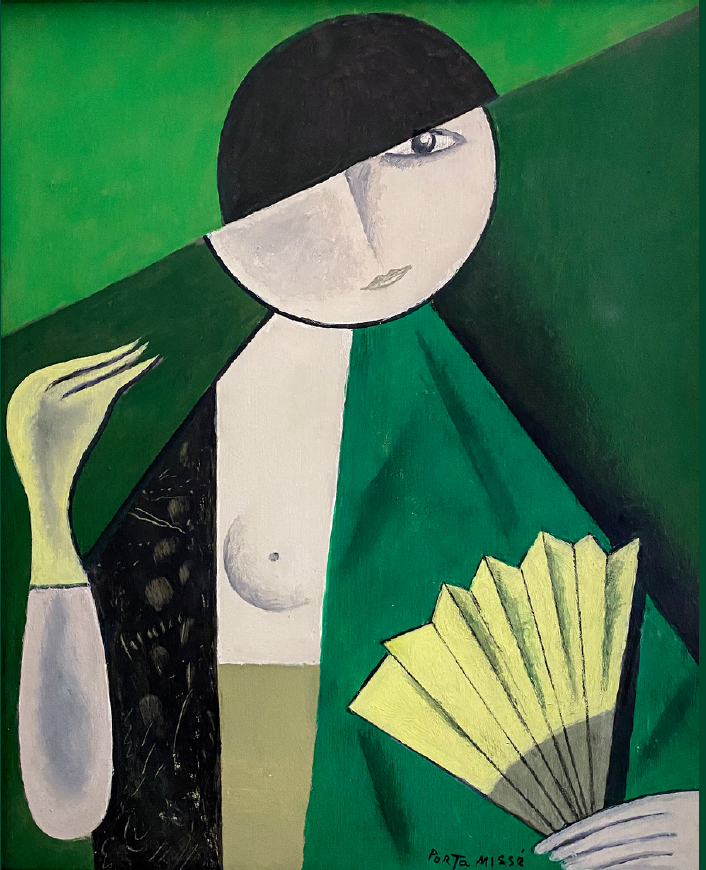Exhibitions
Cigarettes Paris. When smoking was a pleasure
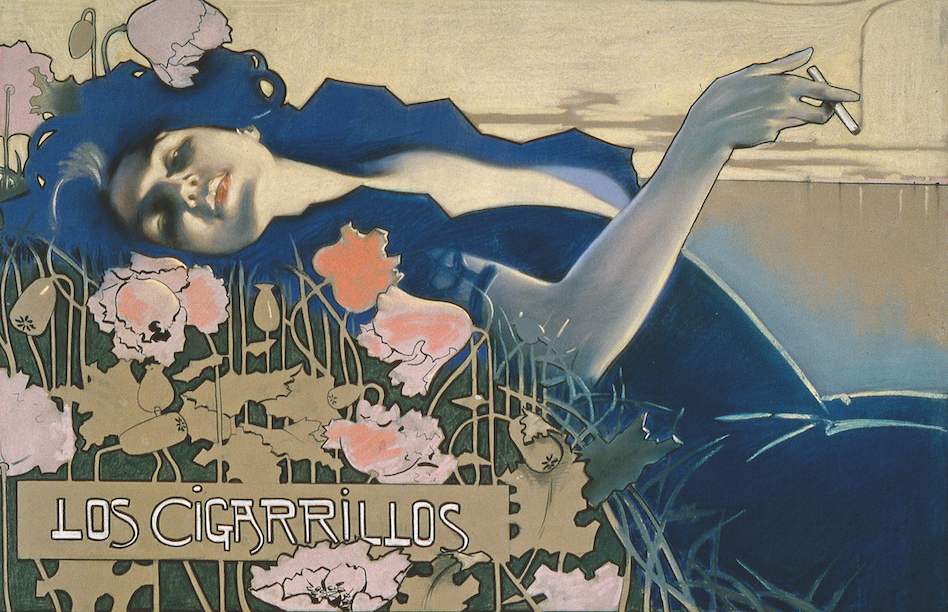
The industrial progress that took place during the 19th century led to the technical development of the graphic arts. Applied to advertising as a visual channel, the reach of images would be amplified and the announcement of a product would easily and effectively reach everyone in the form of a poster, wrapper, or chrome. Industry and commerce would invest in these graphic media, both attractive and fruitful, soon making them the object of aesthetic testing and giving them an artistic value of their own.
From different countries, Chéret, Mucha, Beardsley and Bradley would sign some of the most recognizable designs in modern illustration. Ramon Casas would become the great Catalan poster artist of modernism with the announcement of the Anís del Mono competition, which would become an emblem. Other big brands would repeat this type of event in our country, such as Codorniu champagne and, in northern Catalonia, the Byrrh snacks of the Violet family.
Poster contests would also succeed in America, and one of the instigators would be Manuel Malagrida Fontanet, who, having emigrated to Argentina, had become a major tobacco businessman at the turn of the century. The people of Olot relied heavily on advertising to compete in the business by promoting the sale of their products with unique strategies, also with the dissemination of posters. To this end, he organized two competitions, in 1900 and 1901, to choose distinctive compositions that advertised the Paris cigarettes, his star brand. The response and participation of the second edition of the competition, already of an international nature, was spectacular in quantity and quality. More than five hundred artists, also of Catalan origin - Laureà Barrau and Xavier Gosé, as well as Casas - took part, with works that already showed a remarkable mastery in the technique and color used. Some of these posters, original and printed, are preserved in the Museu de la Garrotxa and can now be tasted in the exhibition offered by the Fundació Vila Casas curated by Ricard Mas.
The designs of the posters participating in these competitions often showed the ornamental characters of Art Noveau and exhibited scenes that associated the act of smoking with the modern life of seductive ladies, clandestine dandy and clever children. These are images that we reject today for all intents and purposes but which at the time were very suggestive and lucrative. The Argentine magazine Caras y Caretas would regularly announce Malagrida's contests and cigarettes at this time, and some of the illustrations would be commissioned from Catalan artists, such as Eveli Torent, artistic collaborations waiting to be rescued. soon from oblivion.




